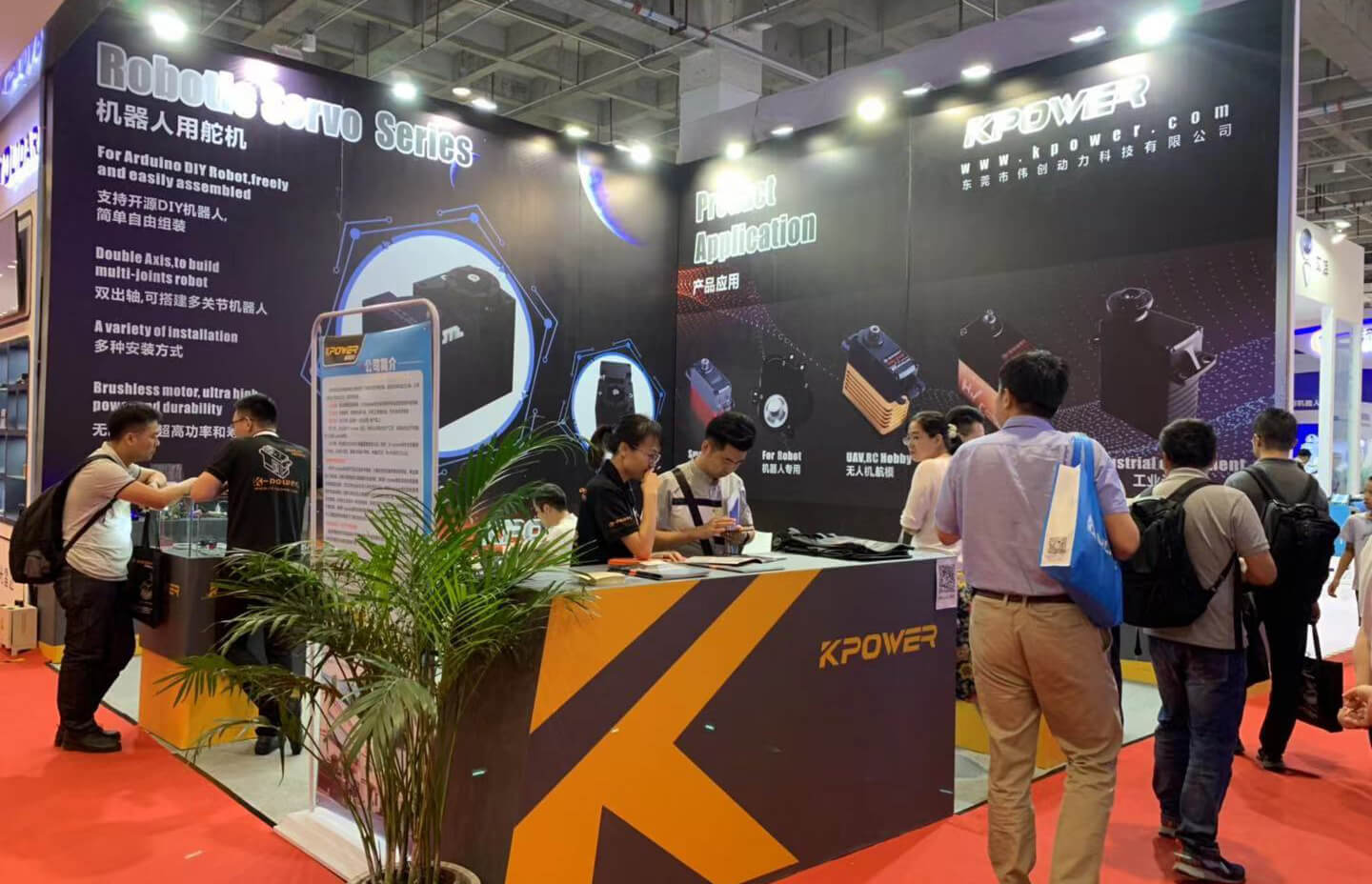In the realm of automation and robotics, few components are as pivotal as the servo motor. These compact yet powerful devices breathe life into machines, enabling precise control of position, speed, and torque. Whether it's a robotic arm delicately assembling electronic components or a drone hovering with steady grace, servo motors play an essential role behind the scenes. But not all servo motors are created equal — the world boasts a diverse array of types, each tailored to unique needs and environments.

Understanding the different types of servo motors opens a gateway to better design choices, enhanced efficiency, and a keen appreciation of how technology molds the modern world. Let’s embark on this journey, starting with the fundamental distinctions and then exploring the varieties in detail.
First and foremost, servo motors can be broadly classified into two main categories based on their operational principles: AC servo motors and DC servo motors. Each category houses multiple subtypes, optimized for specific functions and industries. The choice between them depends on factors like power requirements, control precision, maintenance considerations, and operational speed.
AC Servo Motors
AC servo motors are powered by alternating current and are widely revered for their robustness and ability to deliver high performance. They are generally used in applications requiring high speed and torque with exceptional maintaining capabilities. There are two primary types within the AC servo motor family:
Synchronous Servo Motors: As the name suggests, these operate synchronously with the line frequency, meaning their rotor rotates at the same speed as the magnetic field generated by the stator. They are often used in industrial robotics, CNC machinery, and other high-precision applications. Synchronous motors offer excellent torque characteristics at various speeds and can be easily integrated into systems that require constant speed control.
Asynchronous (Induction) Servo Motors: These motors work on the principle of electromagnetic induction, and their rotor speed is slightly less than the stator’s magnetic field, a difference termed slip. Induction servo motors are valued for their simplicity, ruggedness, and cost-effectiveness, making them suitable for applications where absolute precision is less critical but durability is essential.
DC Servo Motors
DC servo motors operate on direct current and are renowned for their straightforward control and rapid response. They come in several varieties, each suited for different niches:
Brushless DC (BLDC) Servo Motors: These motors eliminate brushes and commutators—components that typically wear out over time—in favor of electronic commutation. This results in lower maintenance and improved lifespan. BLDC servo motors are highly efficient, deliver high torque-to-weight ratios, and are extensively used in robotics, aerospace, and electric vehicle applications.
Brushed DC Servo Motors: The traditional choice for many applications, brushed DC servo motors are simple and inexpensive. They utilize brushes and a commutator to switch current in the motor windings, producing torque. While they may require more maintenance and have slightly lower efficiency, their ease of control makes them a viable option in less demanding environments.
Stepper Motors – The Close Cousins
While not always classified directly as servo motors, stepper motors often find themselves in the same family tree. They move in discrete steps, providing excellent position control without the need for feedback systems under certain conditions.
However, in more advanced applications, hybrid stepper motors with encoders can act like servo motors, offering high accuracy and dynamic performance. They are particularly popular in 3D printers, CNC machines, and medical devices, where precise incremental movement is essential.
This overview just scratches the surface. As we delve deeper into each type, we will uncover their intricacies, strengths, limitations, and who benefits most from each. Whether you are an engineer designing a new robot, a hobbyist tinkering in a garage, or an industry expert optimizing manufacturing lines, understanding these variations is key to making informed choices.
Now, let’s move forward into the fascinating specifics of each servo motor type, exploring their internal mechanisms, control strategies, typical applications, and what makes them stand out in a crowded marketplace of motor options.
Leveraging innovations in modular drive technology, Kpower integrates high-performance motors, precision reducers, and multi-protocol control systems to provide efficient and customized smart drive system solutions.




































